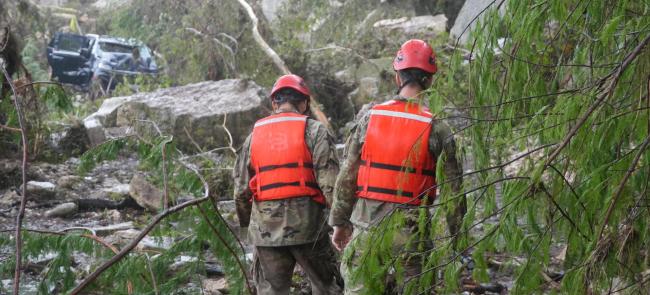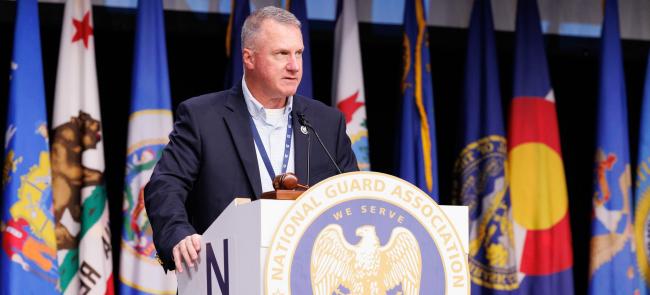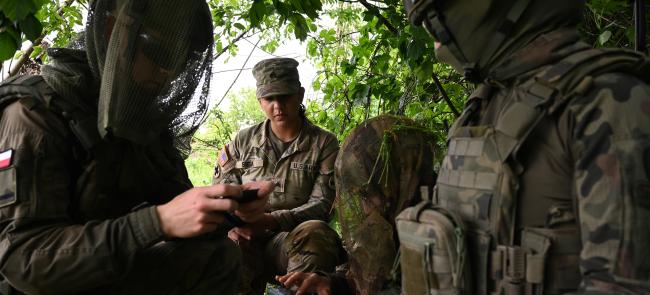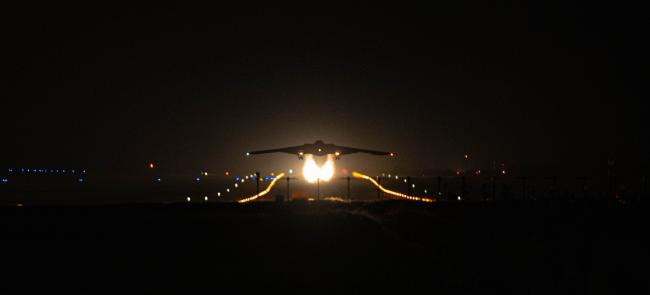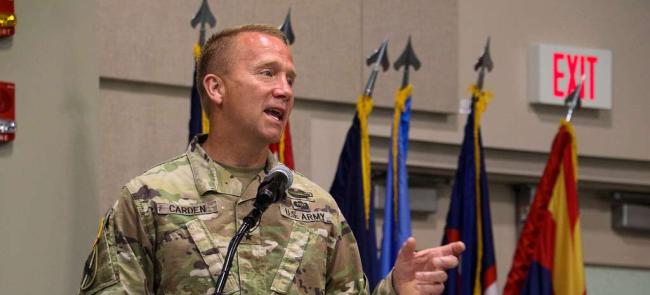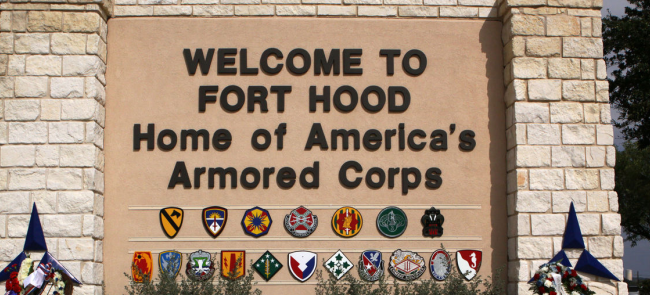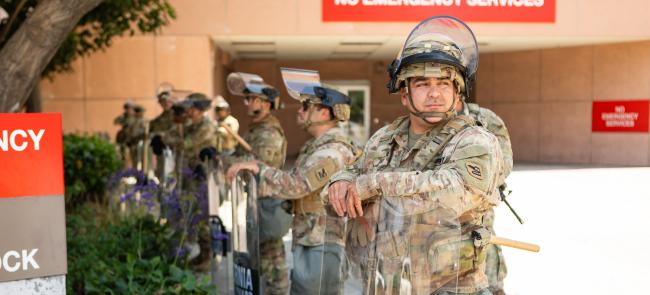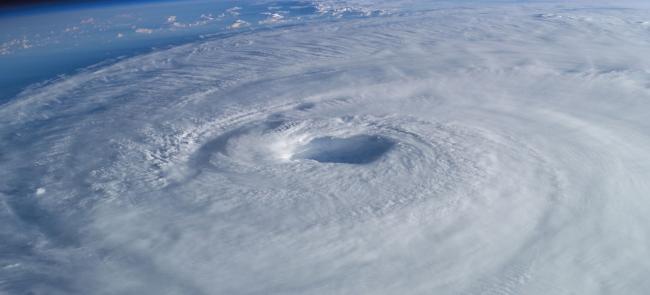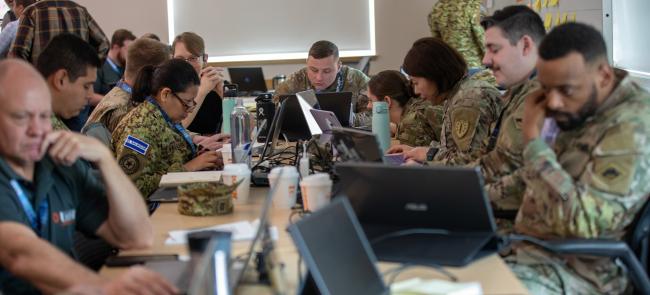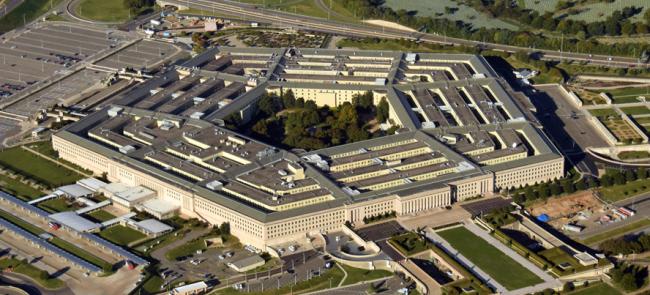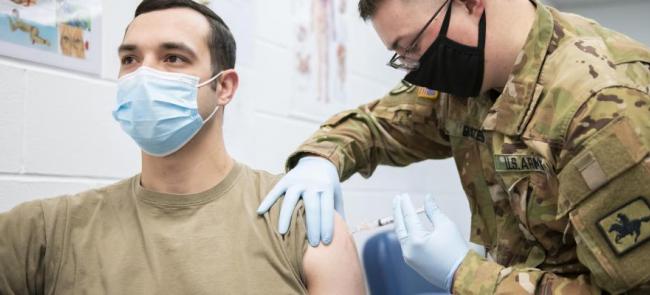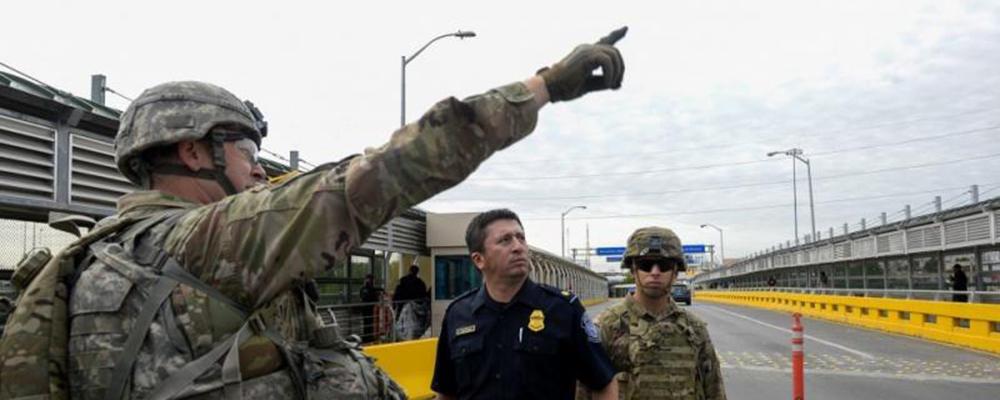
The Defense Department will loosen rules over the roles that troops can fill on the southern border and send more than 300 additional troops.
Acting Defense Secretary Pat Shanahan approved a request from the Department of Homeland Security that would allow some service members to have limited interactions with migrants.
The decision was first reported by the Washington Post.
Approximately 320 personnel will be deployed to transport, feed and check on the welfare of migrants being held at the southern border. The Post reported that officials are also considering using military lawyers to assist in deportation hearings.
Currently, troops are prohibited from coming into contact with the surge of migrants along the border. The lone exception is for service members providing emergency medical care.
There are currently 2,900 active-component troops and 2,000 National Guardsmen serving as part of the border mission, the Post reports.
Critics of the plan worry about the politicization of the military on behalf of the divisive mission.
“I do worry there will be more conflation of the military with those kinds of politics even though the military isn’t doing anything other than following lawful orders,” said Alice Hunt Friend, a former Pentagon policy official and senior fellow at the Center for Strategic and International Studies.
“To lean on the military to handle these functions that are not [military] in nature is essentially choosing to not invest in governance and relying on the military to make up the gap,” Friend told the Post. “We’ve seen that happen overseas for years, and now we are seeing it at home and that’s very concerning. This is mission creep for the U.S. military. A few hundred personnel doesn’t break any dams, but it is a really worrying sign.”
According to DHS, nearly 100,000 migrants crossed the border in March, a 12-year high. Most of the migrants are families from Central America.

